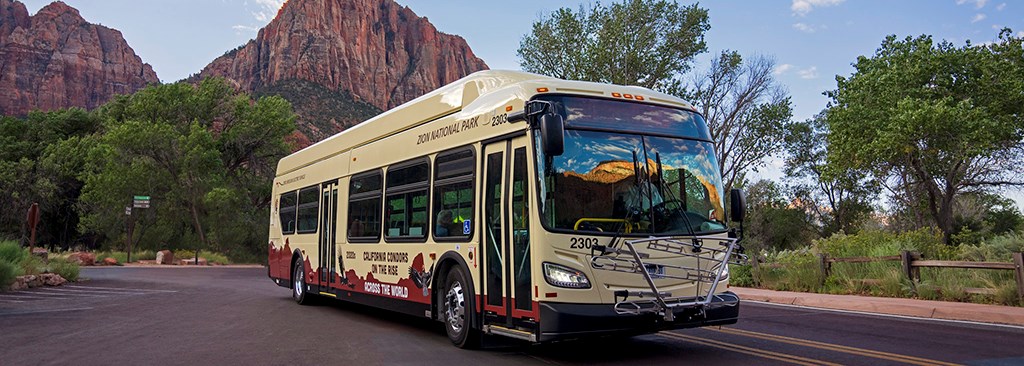
Have a green visit to the national parks
It can be harder to be green when you're traveling. But with a little advance planning there are simple steps you can take to shrink your carbon footprint on the road as well as at home.
- Before you leave home, turn down your heating/cooling, lower the setting on your water heater, turn lights off or put them on a timer, and use motion sensors on porch lights.
- Drive your most efficient vehicle or install solar panels on your camper or RV so you don't have to use a generator as often.
- Take with you and use your refillable travel mugs and water bottles instead of paying for containers that will be discarded.
- Use an alternative form of travel to get around in the park; leave your vehicle and take advantage of the park's shuttle bus system, walk, or ride your bike.
- Recycle! Most parks have recycling bins available to the public and take many recyclable items. Recycling aluminum cans is especially efficient. You can save hundreds of pounds of carbon dioxide by recycling half of the waste your vacation generates.
- If you do drive into the park, do not idle your vehicle. Letting a car idle for just 20 seconds burns more gasoline than turning it off and on again. By turning off the motor you will save gas, reduce noise, reduce wear and tear on your vehicle, and keep the air cleaner.
- Give your feedback to the park; your input is valuable to us. Throughout the National Park Service we are taking many steps to mitigate our greenhouse gas emissions. However, we are open to new and inventive ideas and different approaches. Leave a comment form at the visitor center.
- Practice these steps at home, whether you are packing for a trip to a national park or just going to the grocery store.
- Calculate your carbon footprint. Once you know your carbon footprint you can track your savings and get involved in programs that allow you to buy carbon credits to offset the carbon emissions from your visit.
Last updated: January 13, 2025
